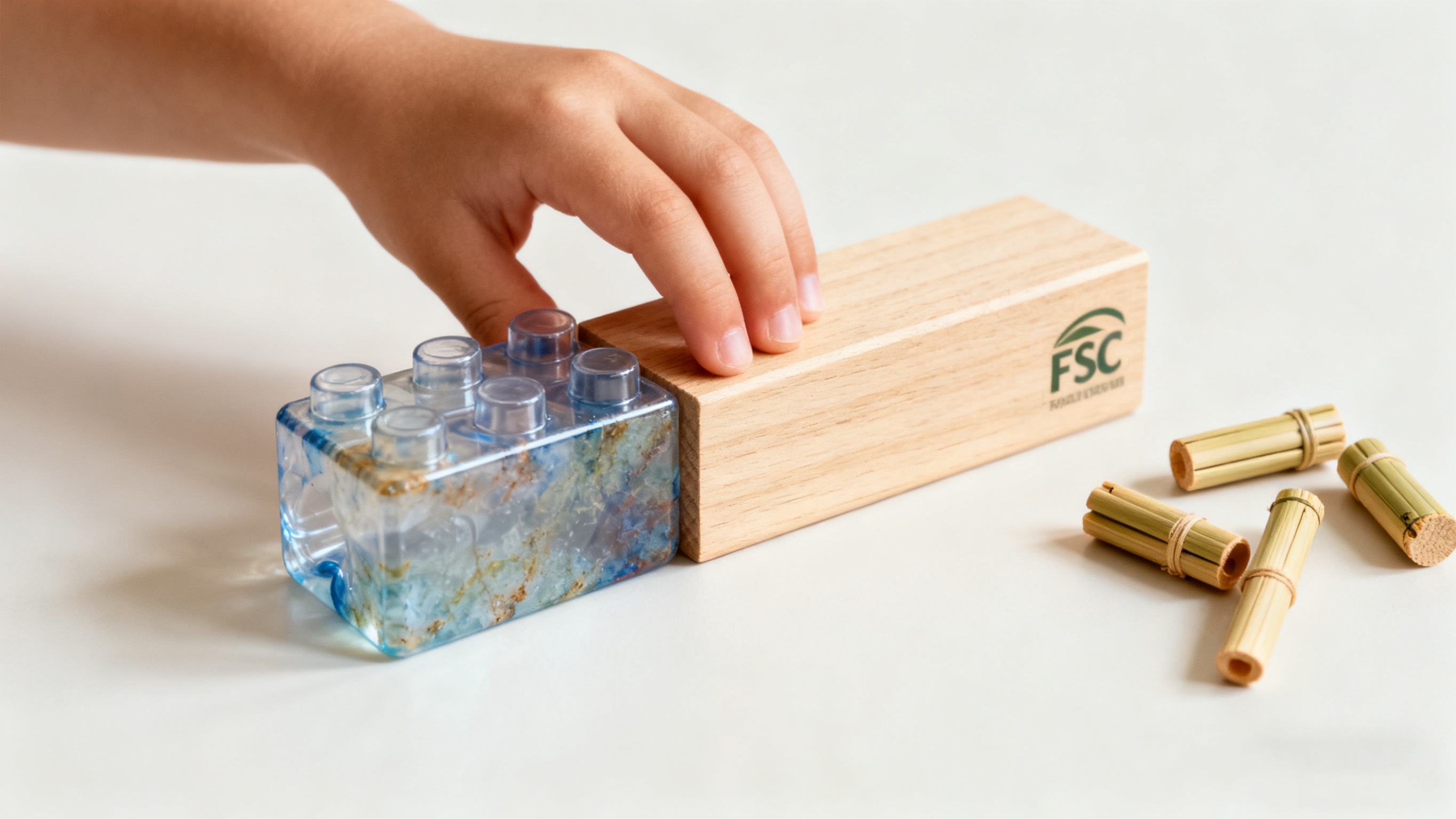Subtitle: Navigating New Regulations and Consumer Demand with Green Alternatives and Circular Services
A profound transformation is reshaping the global toy industry. Driven by stringent new regulations in key markets and a powerful shift in consumer consciousness, sustainability is no longer a niche trend but a core business imperative. The focus is now squarely on eco-friendly materials—from recycled plastics to renewable wood and bamboo—and the emergence of innovative "toy circulation" models like rental and subscription services. For

toy manufacturers and retailers, understanding and adapting to this green wave is critical for future success, particularly in environmentally conscious markets like the European Union and North America.
The Regulatory Push and Consumer Pull
The impetus for change comes from two powerful forces: legislation and consumer demand.
In the European Union, the ambitious European Green Deal and its Circular Economy Action Plan are directly impacting the toy industry. Regulations are increasingly focusing on reducing the environmental footprint of products throughout their lifecycle. This includes potential mandates on the use of recycled content, restrictions on single-use plastics, and requirements for enhanced durability and repaibility. The EU's Ecodesign for Sustainable Products Regulation (ESPR) is set to establish a framework that could make toys easier to repair, reuse, and recycle.
Across the Atlantic, North American consumers and retailers are leading the charge. Major retailers are increasingly prioritizing sustainable products on their shelves, while a growing segment of millennial and Gen Z parents actively seek out brands that align with their environmental values. They are not just buying a toy; they are investing in a company's ethos, demanding transparency, recyclability, and a reduced carbon footprint.
Eco-Materials: The New Building Blocks of Play
The most visible sign of this shift is in the materials used to create toys. Traditional virgin plastics are being rapidly supplemented and replaced by a range of sustainable alternatives:
- Recycled Plastics (rPET, rPP): Toys made from post-consumer recycled materials, such as plastic bottles, are gaining significant traction. This approach directly addresses plastic waste while maintaining the durability and safety standards required for play.
- Natural & Renewable Materials: Wood from sustainably managed forests (FSC-certified), bamboo, and organic cotton are becoming mainstream choices. These materials are biodegradable, offer a unique tactile experience, and project a natural, wholesome image that resonates strongly with parents.
- Bio-based Plastics: Innovations in plastics derived from sources like sugarcane or corn starch present a promising, renewable alternative to petroleum-based plastics, further reducing the industry's reliance on fossil fuels.
For manufacturers, mastering the integration of these materials—ensuring they meet safety, durability, and cost requirements—is the new frontier of product development.
The Rise of "Toy Circulation": From Ownership to Access
Beyond materials, a more fundamental shift is occurring in the very concept of toy consumption. The linear "take-make-dispose" model is being challenged by circular "toy-as-a-service" models.
- Toy Rental & Subscription Services: These services are exploding in popularity, particularly for age-specific toys like those for infants and toddlers who quickly outgrow their playthings. Families receive a curated box of toys on a regular basis, which they return for a new set. This model offers unparalleled variety for children, reduces clutter for parents, and dramatically extends the life of each toy, minimizing waste.
- Resale and Take-Back Programs: Brands and retailers are increasingly establishing platforms for pre-owned toys or implementing take-back schemes where old toys can be returned for recycling or refurbishment, thus closing the loop.
The Strategic Advantage for Agile Manufacturers
This sustainability wave presents a significant opportunity, especially for manufacturers with agile and responsive supply chains. The ability to swiftly source certified sustainable materials, adapt production lines, and develop products specifically designed for durability and disassembly (key for rental models) is a formidable competitive edge.
Furthermore, transparent communication about a product's green credentials—through clear labeling and storytelling about recycled content or end-of-life options—builds immense trust and brand loyalty with the modern consumer.
In conclusion, the convergence of regulatory pressure and evolving consumer values has made sustainability the new playing field for the toy industry. The winners in the EU, North America, and other advanced markets will be those who embrace eco-innovation not as a cost, but as a core strategy—championing toys built from green materials and pioneering the circular business models that define the future of responsible play.
Post time: Oct-04-2025





